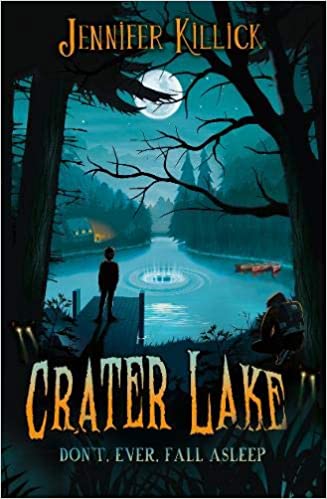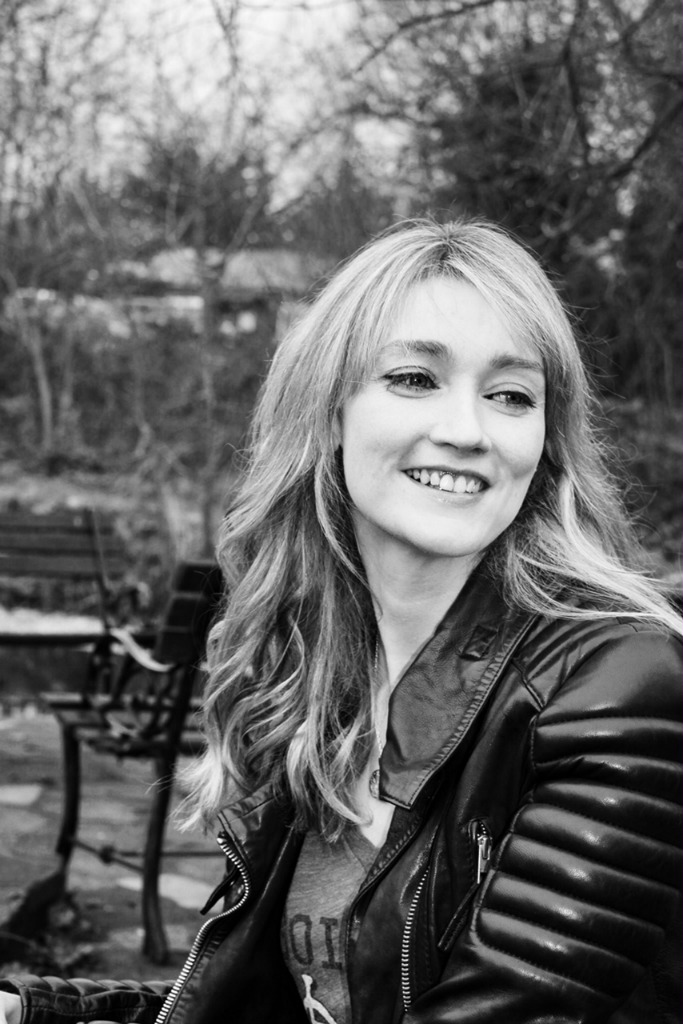
1. Could you tell us a little bit about your path to publication? Take us through your journey – from the itch of writing, the seed of an idea – through to finding an agent and being published?
I discovered my love of writing at primary school, when a huge fuss was made over a story I wrote, and it was read to the whole school in assembly. It was the first time that I realised the power a story could have. I wrote through school and university, but decided not to pursue it as a career because I didn’t have the confidence and was certain I would fail. It was only after having my first son, many years later, that I decided to stop being scared and really try. I wanted to show him that you should always work towards your goals, no matter how far off they seem. I applied for a Creative Writing MA at Brunel University, where I developed the idea for what would be my first published novel. Many rewrites later, and with the help of Imogen Cooper at Golden Egg Academy who sent my story to Kirsty McLachlan at DGA, I was over the moon to be offered representation. A publishing contract with Firefly Press followed after a few months on submission and a couple of near misses.
2. How did the idea for Crater Lake come about?
I’d been playing with the concept of not being able to go to sleep, because some terrible thing would happen to you if you did, but I hadn’t found the right home for the idea. I had a moment, when my son was in Year 6, that I remember vividly. He was in the playground, late in the afternoon, with his group of friends – children he’d known since nursery. They were all so different, and had these fascinating dynamics that had developed over many years. I watched them, as their lives were about to drastically change, and thought about their history, and the unknown future looming ahead, and I wanted to write a story that would capture the moment. They were heading off on their residential to an activity centre, as thousands of children do in Year 6, and I realised it would be the perfect setting for a story, and for exploring that fear of falling asleep. Everything else flowed from there.
3. The book, while genuinely creepy at times, also offers humour by the bucket load. How do you manage balancing the funny with the scary? What advice would you give writers looking to do the same?
I cannot avoid the humour. I have tried to write more serious stories, but no matter what I do, the humour pokes through. I have asked myself why, and I think it’s because my stories are character-led, and people are just funny. Especially children. If you stand in a playground and listen to children talking, you will end up trying to hide a laugh behind a nose-blow. They’re honest; they speak their minds; they compete with each other and bounce off each other in a way that adults don’t. When I wrote the story, and put my characters through this horrible adventure, I could hear them chatting. They would have made jokes and they would have laughed together, no matter how dark the situation got. My advice would be to go where the characters take you. There will be times when they’re scared and sad, but there will also be times when they’ll laugh until they cry.
4. Your main protagonist Lance suffers from sleep apnoea. Was this a condition you had to research to ensure it was depicted sensitively on the page?
A lot of story ideas come from documentaries I’ve watched, and I’d seen a really interesting show about sleep apnoea. I hadn’t realised how serious it could be, or the huge impact it had on people’s lives. As I was connecting the story threads during the planning phase, I realised that it would work brilliantly for Lance to have the condition. I spent a lot of time researching because I wanted to get it right. I get very anxious, as a writer, about portraying health conditions in my stories as I know how upsetting it can be to see something that you suffer being handled badly. Lance’s mum has Crohn’s disease, which my husband suffers from, and I have a similar chronic disease called Ulcerative Colitis. It’s important that characters with health issues and special educational needs feature in literature if stories are to reflect real life.
 5. How do you get to know your characters? Lance has a great group of close friends - Chet, Maksym and Katja. How do you make sure each character can stand by themselves?
5. How do you get to know your characters? Lance has a great group of close friends - Chet, Maksym and Katja. How do you make sure each character can stand by themselves?
My characters are usually based on real people, or on amalgamations of people I know, or are imagined versions of people I have met briefly and then thought about because they were interesting to me. I spend a lot of time daydreaming about them. I imagine their conversations in my head. I try to give every character the same amount of headspace, so that there aren’t any weak links. I love watching or reading stories where every single character is strong and brings something unique and brilliant to the tale. Brooklyn Nine Nine does this brilliantly. Every character is memorable and there for a reason. If a character doesn’t come through clearly to me during planning, that’s usually a sign that they need to be replaced or scrapped.
6. Crater Lake is your second stand-alone book, after the success of your Alex Sparrow series. How does writing a standalone book differ from writing a series? What are the things that a writer needs to consider?
I try to approach every story as though it’s stand-alone. I want all of them to be full and complete, and I don’t want to keep anything back. It sometimes happens that during, or after, writing them, I think of a strand that I could continue to develop in another book. Sometimes I’ll go back and seed it into the first story, and sometimes I find the seeds are already there. But I think it’s really important to write each story as if it’s my last.
7. Crater Lake is fast-paced to say the least! What are your top tips on creating pacy, page-turning plots?
For Crater Lake I set out to write something relentless. My aim was to keep raising the stakes and not give the reader time to breathe. That meant that there couldn’t be any waste. Every sentence had to propel the story forward. There could be no wandering conversations. I had to make every paragraph multi-task. So I was ruthless, cutting anything that didn’t develop character and plot, and trying to come up with as many ‘gasp moments’ as I could.
8. For you, what makes a great story?
When I pick up a book, I want a plot that makes me desperate to turn the pages, because I HAVE to know what happens next. A huge part of this lies in the characters. If I don’t care about them, even the most intricate twisty-turny plot in the world will not keep me reading. I want the voice to be authentic and the characters to be real, and I want to be thinking about those characters when I’m lying in bed at night and to carry them with me long after the book has finished.
9. What’s next for you?
I’m always tinkering away on various story ideas in the hope that one of them will turn out to be a triumph. I’ve written a first draft of a Christmas dystopia, and I’m in the planning stages of another couple of things – potentially a sequel to one of my ‘stand-alone’s!
10. If you could offer one piece of advice to writers looking for their work to be published, what would it be?
My advice would be to write from the heart. I was told many times that my ideas were too weird to be published - that children wouldn’t ‘get’ them. Although constantly grappling with self-doubt, I always had a feeling in my gut that I had something there that was worth persevering with. As I tell the children I meet on my school visits, those weird thoughts are special because they’re yours. Nobody else can tell your story the way you can, so hold on to that, and keep going.
Jennifer Killick was mentored by the Golden Egg Academy and carried out a Creative Writing MA at Brunel University, which is where she got the idea for her first book, Alex Sparrow and the Really Big Stink (Firefly, 2017). Her writing features funny, fast-paced dialogue with great middle grade appeal, irresistible characters and scary, edge-of-the-seat plots with a soft, warm-hearted centre.
Jennifer lives in Uxbridge with her blended family, which includes three stepchildren, her eldest son from a previous relationship and her youngest son who belongs to them all. Her own underlying health issues informed the shaping of Lance’s character in Crater Lake. She also wanted to show that everyone excels at something (as Lance does in the book) and that success in school isn’t an indicator of success in life. Jennifer’s books have been selected for the Reading Agency’s Summer Reading Challenge for the past three years running. She has visited over 150 schools in the short time she has been a published author.
Crater Lake is available to purchase now! You can purchase it via Waterstones, or Hive.co.uk - an online book retailer that supports independent bookshops.
Comments